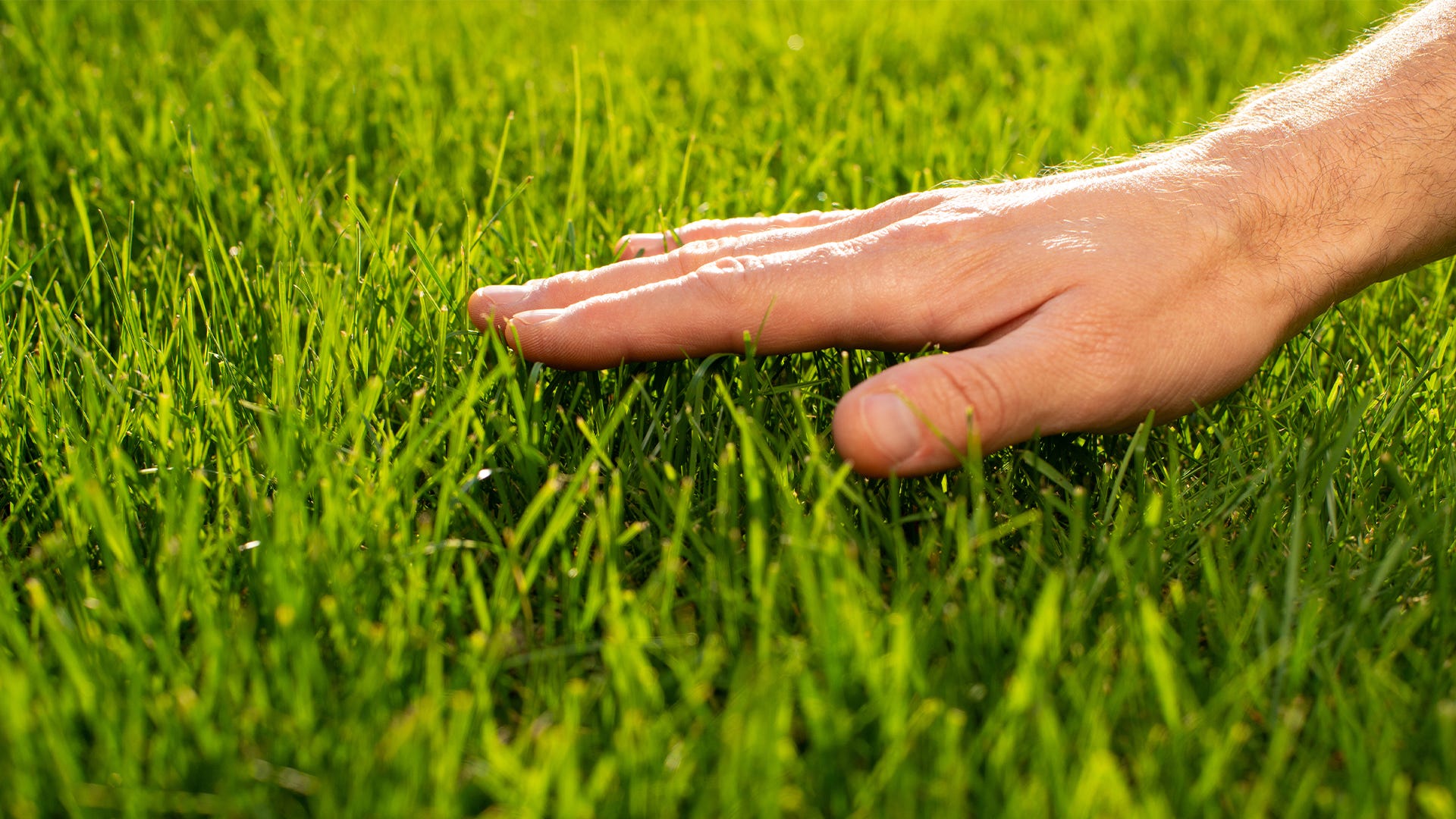
The best birdscaping may include nectar-rich flowerbeds, dense thickets and a variety of trees. However, it is possible to still enjoy a groomed, open lawn while welcoming a variety of backyard birds. Bird-friendly lawn care can help turn even a manicured lawn into an integral part of backyard birding.
Why Have a Lawn?
A dedicated backyard birder may want to eliminate all cropped grass in their yard, but doing so isn’t always practical. Many cities and homeowner associations stipulate that a certain percentage of property must be lawn. Open lawns are attractive and necessary features for children and pets to play on, and they are ideal for outdoor enjoyment such as barbecuing, games and entertainment. Some birds even prefer short grass and will take advantage of lawn space, such as robins searching for worms, jays hiding nuts or doves sunning in an open spot. With proper care, even a manicured suburban lawn can be a bird-friendly paradise.
See also: Summertime Tips to Help Your Backyard BirdsHow Much Lawn Do You Need?
When creating a bird-friendly lawn and planning appropriate care for that grass, first consider how much grass is truly necessary. Removing more grass will reduce overall watering and care needs, provide a greater diversity of backyard habitat, and meet birds’ varied needs for food, water and shelter more easily than larger lawns. To reduce the overall size of your lawn:
- Add flowerbeds with shade-loving blooms under mature trees.
- Expand or deepen existing flowerbeds by a foot or two.
- Add new bordering shrubs and flowers alongside paths, driveways or patios.
With less lawn to care for, it will be even easier to implement bird-friendly lawn care techniques.
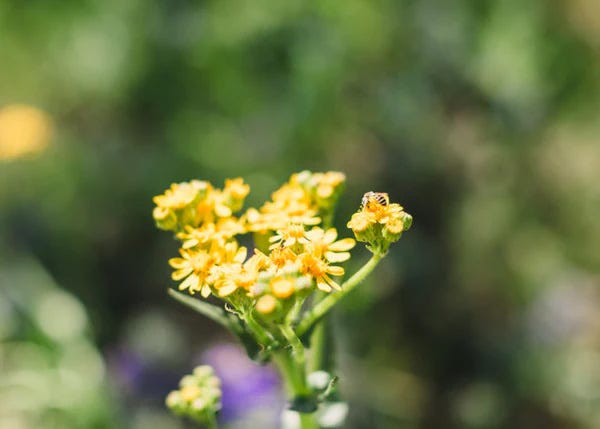
Caring for a Bird-Friendly Lawn
A bird-friendly lawn requires less time and effort than a pristinely manicured swath of grass. Once the lawn is established, keeping it safe and suitable for birds is as easy as filling any feeder or refreshing any birdbath.
Eliminate Chemicals
The most critical step for any bird-friendly yard is eliminating insecticides, fungicides, herbicides and other toxic chemicals. Not only do these chemicals kill birds’ food sources, but they can also poison birds directly. If chemical treatments are absolutely necessary, use spot treatments as needed rather than broad applications and apply chemicals when birds are less active.
Use Proper Turf
Dozens of grass varieties can make exceptional lawns, but not every type is ideal for every yard. Factors that affect what grass grows best include soil consistency, regional climate, sunlight levels, moisture levels and soil pH. Choosing turf or grass seed best suited to your area is essential. A well-chosen turf will need less water and is as critical to your yard as native plants are to your flowerbeds.
Let the Grass Grow
Less frequent mowing is better for the birds. Who wouldn’t want to spend fewer afternoons mowing the grass? Longer grass provides better shelter and security for ground-foraging birds and less frequent mowing will not disturb birds as often.
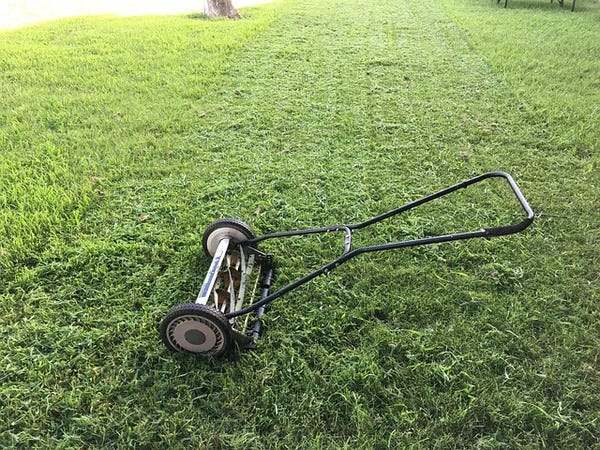
Choose Bird-Friendly Equipment
Mowers, blowers and trimmers are good tools for a clean, neat lawn. However, the tools themselves can be harmful to birds. Gas-powered tools are inefficient, spew toxins into the air, and are louder and more disturbing. Electric tools are quieter, but cords can damage plants that may be favored food sources or nesting sites. Whenever possible, use cordless, battery-powered tools or hand tools instead.
Look Before Mowing
Before mowing, stroll around the yard and look for any birds actively feeding or young fledglings just out of the nest. Take steps to keep those birds safe while you mow, such as changing when you mow or altering your mowing pattern to give them more time to move to a safer location.
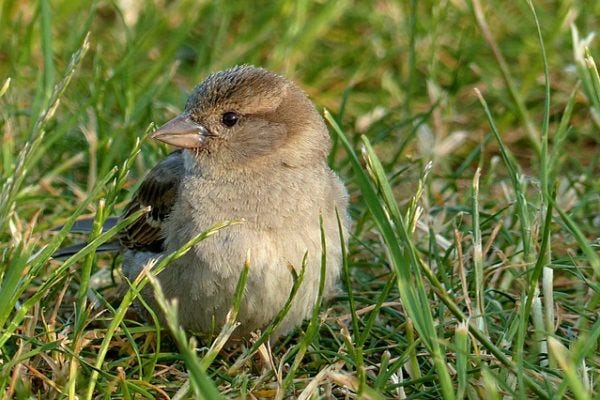
Mulch While Mowing
Instead of bagging grass clippings, use a mulch setting to cut clippings up to fine debris and allow them to decay on the lawn. This will help shade tender roots and will provide rich nutrition for the grass. If there are too many clippings, add the remainder to a compost pile. Some birds will also gather grass clippings for nesting material.
Time Feeder Refills
To encourage birds to stay away from a lawn about to be mowed, allow feeders to be empty for a day before mowing and refill them after the lawn is clipped. The birds will learn to associate the sound of the mower with an imminent feast and will return to the feeders right away.
Leave Bare Spots Bare
Bare spots on the lawn might seem unsightly at first, but in a bird-friendly yard, these spots can be very attractive to feathered visitors. A bare patch provides easier foraging for ground-feeding birds seeking spilled seeds, and it can be ideal for sunning or dust bathing.
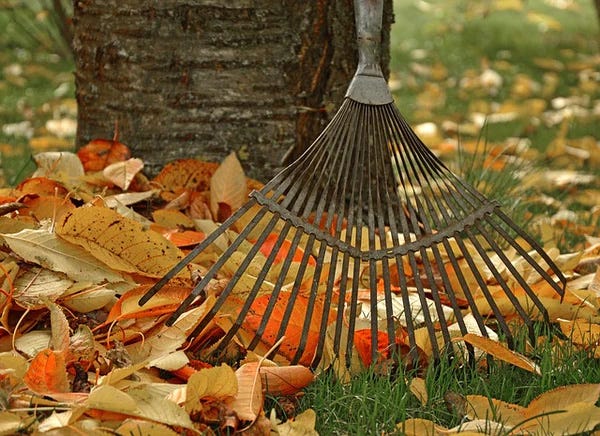
Minimize Raking
Just like it is a good idea to minimize how often you mow, minimizing raking is also better for birds. Many birds forage in leaf litter for insects, seeds and nuts. Fallen leaves can provide additional shelter and water for birds to use just when other natural sources are growing scarce.
See also: What Keeps Birds Out of Your YardA bird-friendly yard doesn’t have to be lawn-free. Conscientiously caring for your lawn with birds in mind can give you all the benefits of neatly trimmed grass while still welcoming a fine flock of backyard birds.







